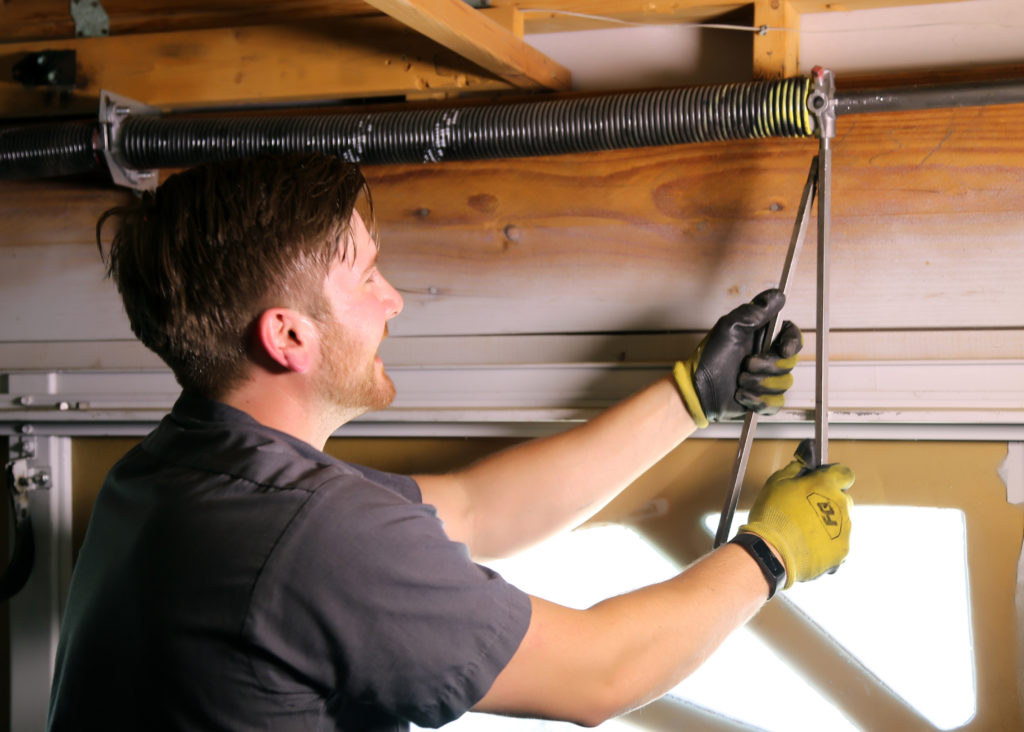There are plenty of garage doors available in retail stores. You can consider plenty of designs and themes to choose from in a wide range of choices. However, in contrast to the wide variations of garage doors, only two main types of springs are available.
Garage door springs are vital parts of any garage door mechanism. As such, you can only choose from two choices the spring type that suits your garage the best.
You don’t need to worry about converting from one type to the other. With the right team of specialists and services, it’s possible to switch from one type to another without changing your original doors to the garage. Contact experts for a professional garage door spring repair.
Tension spring
Tension spring, also known as extension spring, is one type of garage door spring. These springs work with tension force to keep the door panels in place.
These springs are usually in two places.
First, on the side of the door frame, running vertically parallel to the door panels.
Second, in the headroom of the garage, parallel to the overhead tracks and the door opener.
If there’s one thing you should remember, it’s this: when the springs stretch or extend, the doors are under full tension force, and you will have a closed garage. When the springs relax, you will have an open garage with door panels on top of the garage within the overhead track.

Torsion spring
Torsion spring is the other type of garage door spring. Torque force works within the spring coils to keep the door panels in place.
The torsion spring is on top of the door frame. Most torsion springs have their torsion rod or containment tube. Both kinds of spring work with door cables to lift the heavy door panels along the tracks.
Unlike the tension springs, the torque springs work on the rotational force within the coils. When you close the garage, the torsion springs wind up and store energy. As soon as you open the door, the stored energy causes the spring to rotate about the rod, lifting the door panels quickly.
Between two types of springs, which should you choose?
It’s not simple to choose a spring, especially if it’s your first time installing a door to your garage.
Tension springs benefit you in the price aspect. Tension springs cost less than torsion springs. If you have a small garage door, tension springs are enough to support the door panels. You need to buy two tension springs to support both sides of the door panels along the tracks.
Torsion springs benefit you in durability. Generally, torsion springs are thicker than tension springs in coil size. Torsion springs are more advantageous for bigger garage doors and heavier door panels. Depending on the size of the doors, you can opt for one torsion spring or two torsion springs supporting both sides of the door slab.
If you want to save some bucks and only have a small door frame, choose tension springs. If you need a longer-lasting door spring that can carry heavier weights and panel material, choose torsion springs. The critical thing to note is that you should get the correct spring size for your door.






